Source: Robert Scribbler
A powerful Kelvin Wave continued to ripple through the near-surface waters of the Equatorial Pacific this week — heightening sea surface temperatures, strengthening an ongoing El Nino, and pushing a wave of oceanic heat back into a human-warmed atmosphere that is hotter now than at any time in modern human reckoning.
High temperature anomalies in the Kelvin Wave plug have spread out across the ocean surface. Readings in the range of +1 to +2 C above average stretch along surface waters all the way from the Date Line through 120 West Longitude. East of the 120 line, surface waters have now hit readings of 2 to 4 degrees Celsius above average. And lurking just below the surface along thousands of miles of ocean is a dense zone of 5-6 degree above average water. A zone of extreme heat at the heart of the current intense Kelvin Wave:
(A strong Kelvin Wave shuts down atmospheric heat transfer into the Equatorial Pacific setting up conditions for an extended El Nino and possible new record heat for 2015. Image Source: NOAA’s Climate Prediction Center.)
Heat that could well make 2015 yet another worsening of the human warming and extreme weather twilight zone we now find ourselves in.
Pushing into Moderate El Nino Range
According to NOAA’s weekly El Nino report, sea surface temperatures in the critical Nino 3.4 region hit a range of 1 degree C above average last week. A jump from the previous week’s measure of +0.7 C and a new push toward moderately strong El Nino levels off the back of the current warm Kelvin Wave. Atmospheric teleconnections that are signatures of a moderate El Nino also began to emerge over past weeks — with a strengthening of the subtropical Jet and related storm track setting off powerful tornadoes, thunderstorms and heavy rain events in states bordering the Gulf of Mexico over the past ten days.
Heat content from the current Kelvin Wave is enough to continue to keep Equatorial Pacific sea surface temperatures in present ranges or to push for further warming over at least the next 1-2 months. A set of factors that will almost certainly lock near moderate El Nino conditions in through Summer and general El Nino conditions through early Autumn. The result is that the extra heat bleed off the Pacific Ocean will combine with the impressive human forcing to generate a high risk that 2015 atmospheric temperatures will beat out all-time record highs set in 2014.
Model Runs Still Showing Potential for Super El Nino
(Unweighted model ensemble runs show the current El Nino peaking out at extreme intensity. Long range model runs can be quite uncertain, but these are very high values. Image source: NOAA Seasonal and Monthly SST Anomalies.)
NOAA model runs also show a potential for El Nino strengthening through the end of 2015. Probability weighted CFS model ensembles (PDF) point toward a seasonal anomaly for Nino 3.4 in the range of 1998 Super El Nino values at 2.1 degrees Celsius above average by the end of 2015. Mean model runs (non-weighted) push the long range forecast heat values even higher at 2.6 C above seasonal averages or 2.75 C above monthly averages.
These unweighted long range forecasts are well outside the strength of even the monster event of nearly two decades ago. A new super El Nino that would have very serious consequences for global temperatures and result in far-reaching climate impacts should it emerge. Atmospheric temperatures that are now in the range of +0.7 C above 20th Century averages and +0.9 C above 1880s values could well push into a new range at +0.8 C and +1 C, or higher, respectively.
(Long range models show Equatorial Pacific has potential to hit near Super El Nino status by late 2015. At this time, such model runs are low certainty. Image source: NOAA Seasonal and Monthly SST Anomalies.)
Cranking up the Human Hothouse
Entering the range of 1-2 C above 1880s values is a zone of heat anomaly that will amplify already apparent ice sheet melt, sea level rise, droughts, wildfires, water stress, and ocean health impacts. At temperatures around +1.5 C we begin to enter a period of strong glacial outflows, weather instability, geophysical changes, and record related storm events in a ‘Storms of My Grandchildren‘ type scenario. At +2 C these very dangerous impacts will likely be in full swing.
It is worth noting that it took 10,000 years to warm the world 4 degrees Celsius at the end of the last ice age. Under current human fossil fuel burning scenarios, it is likely that we reach half that threshold in just 150 to 170 years — from 1880 to 2030-2050. A rapid reduction in fossil fuel emissions along a progression to a net carbon negative human society over the next few decades is absolutely necessary to prevent these outcomes. And while model forecasts indicating the potential for a Super El Nino type event for late 2015 may be somewhat uncertain, there is a much higher certainty that very dangerous climate impacts starting at the current level of human warming will ramp up here on out — with the 1.5 C threshold looking very bad and the 2.0 C threshold looking terrible.
As such, we should do all we can to prevent hitting those marks.
Source: Robert Scribbler




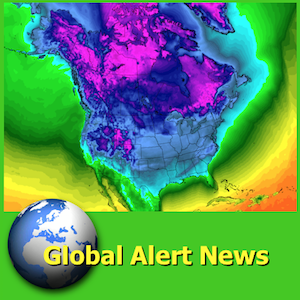


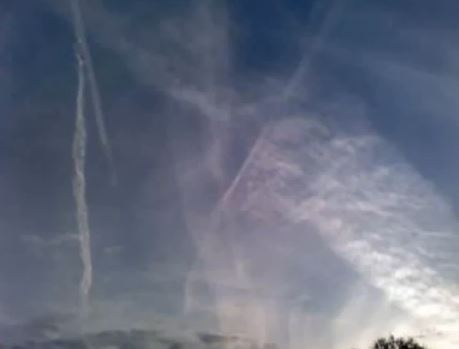
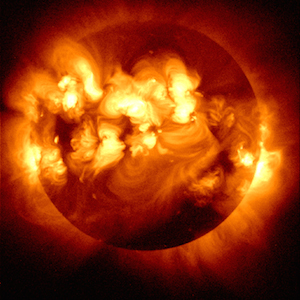
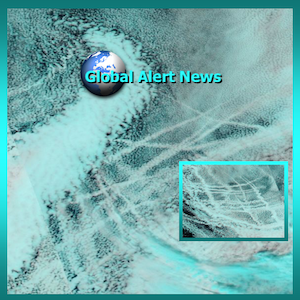

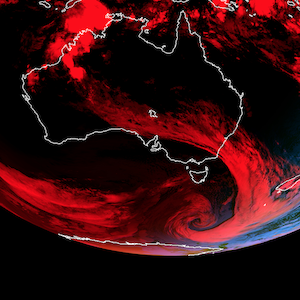
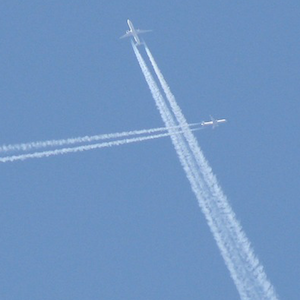
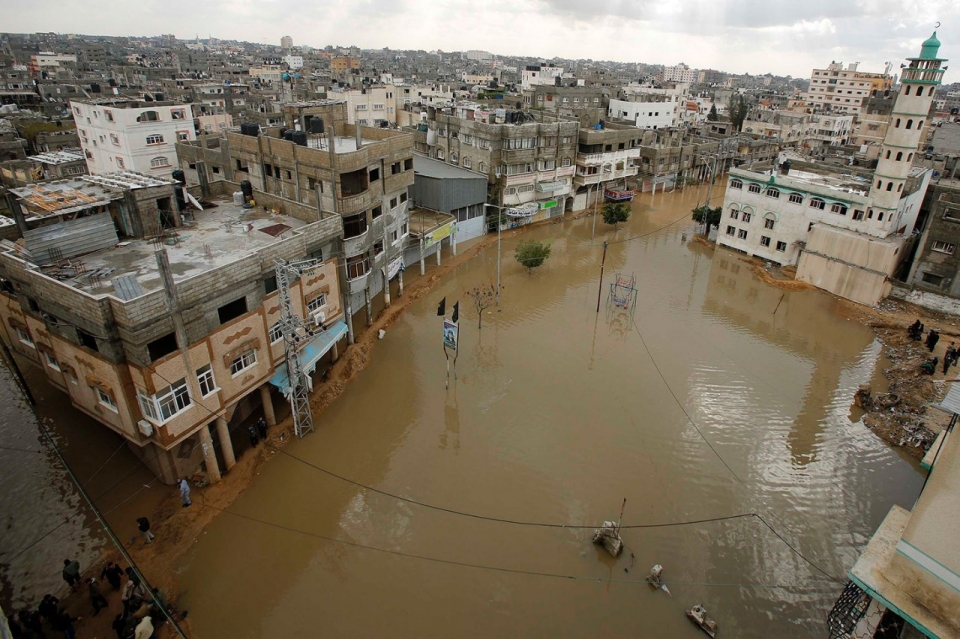

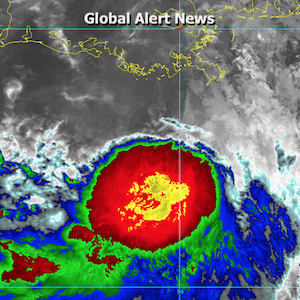


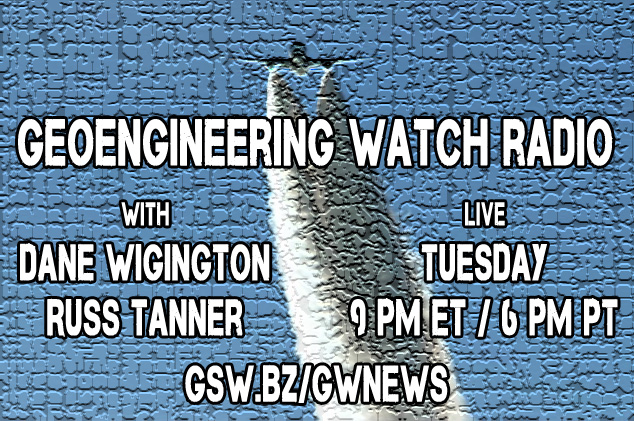
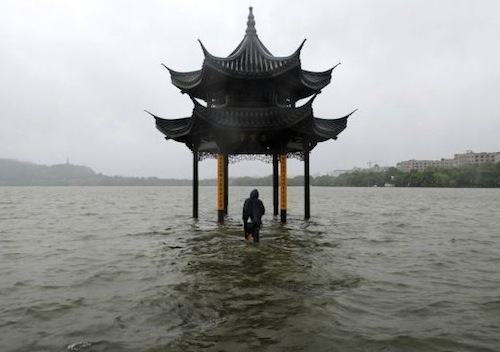
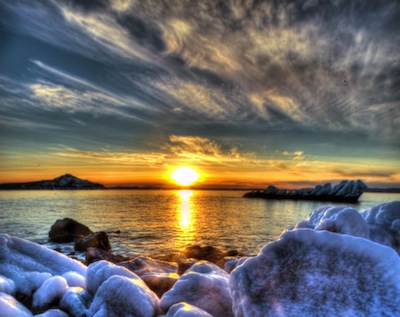
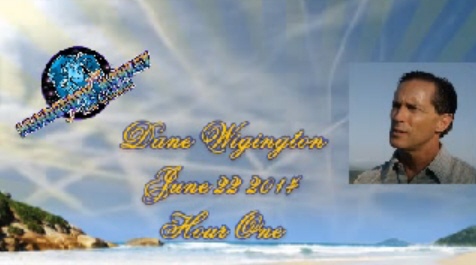




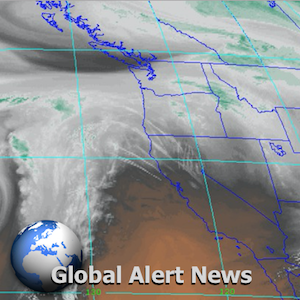



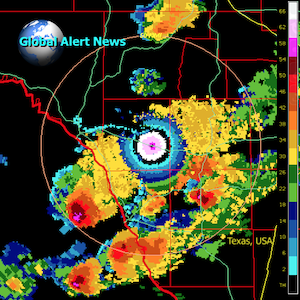
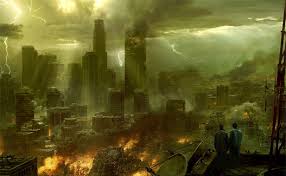

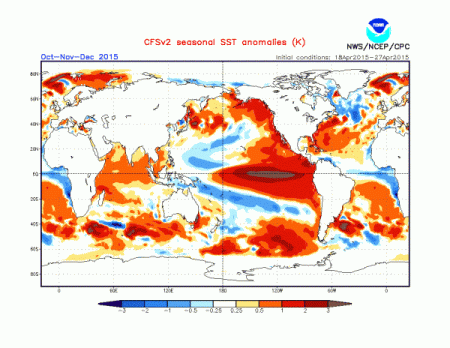
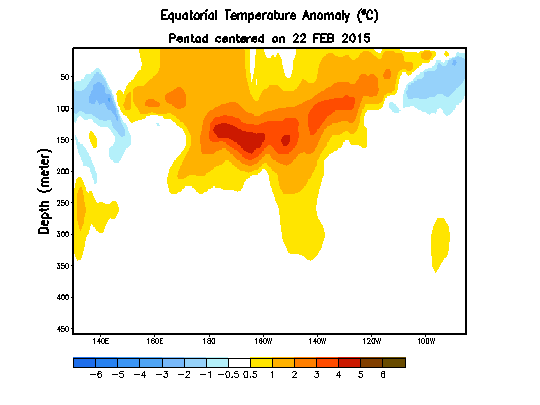
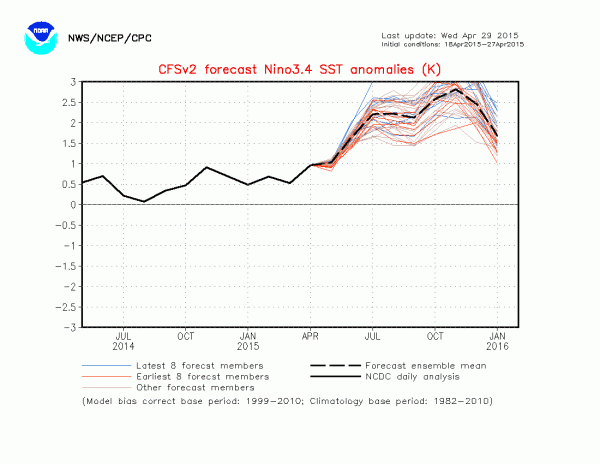












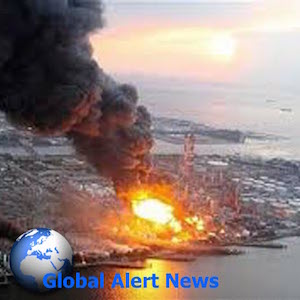
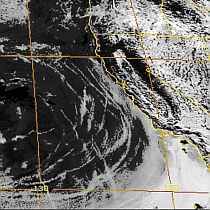

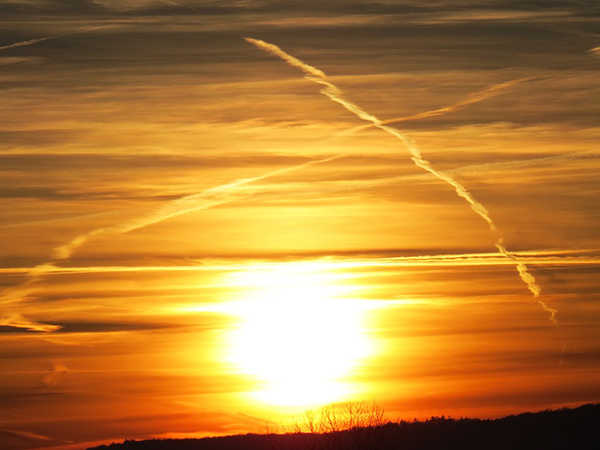
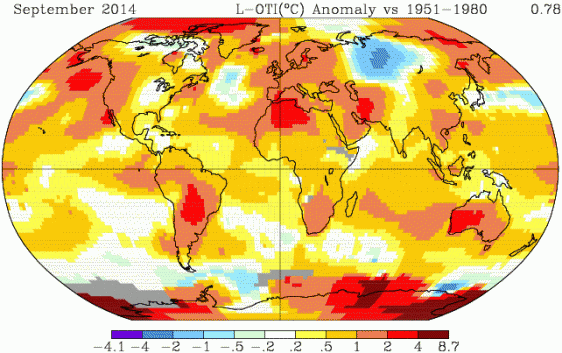
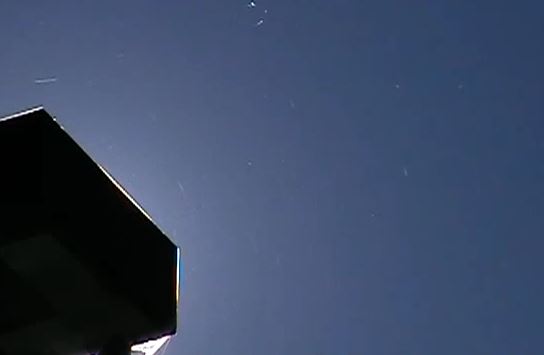
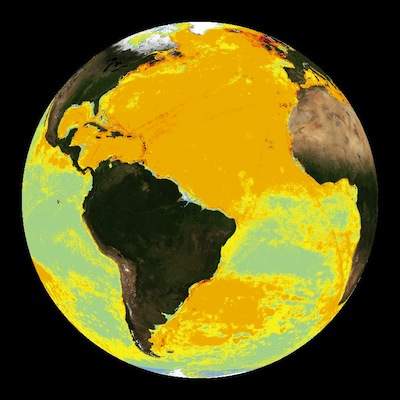
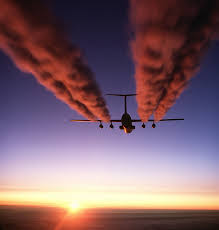
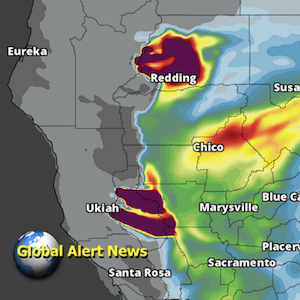
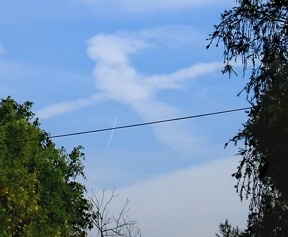
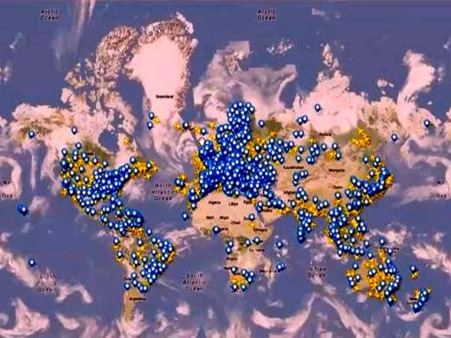
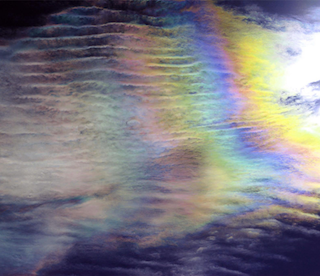

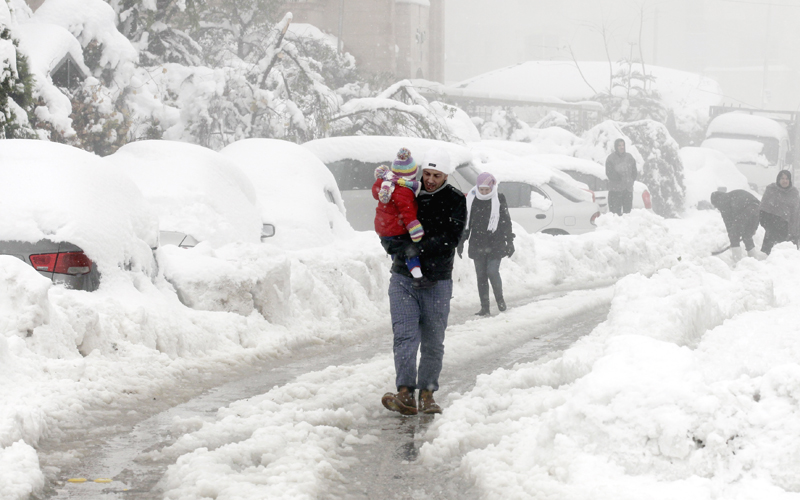


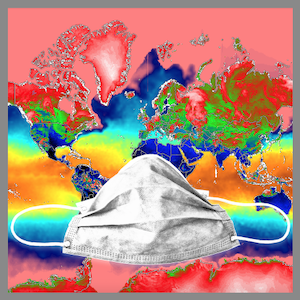

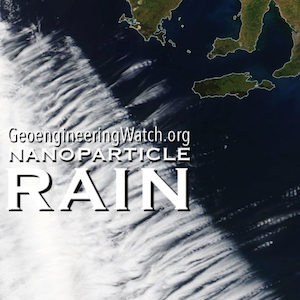



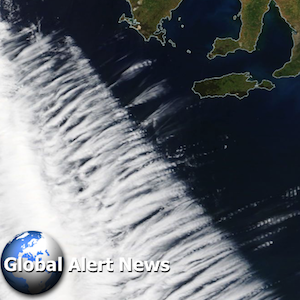

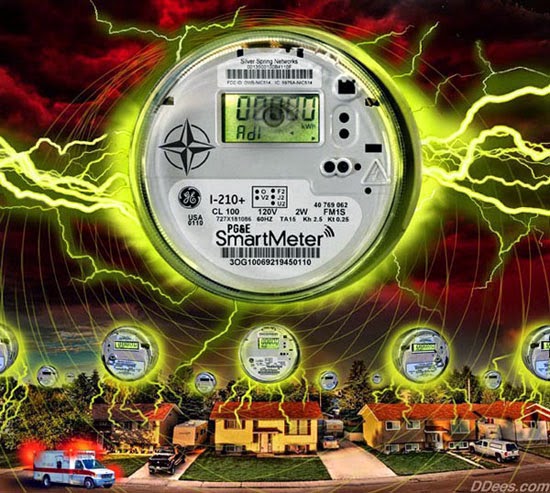
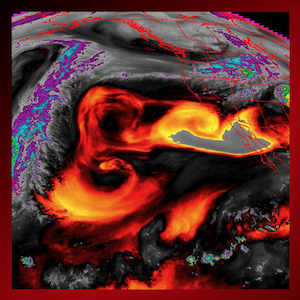
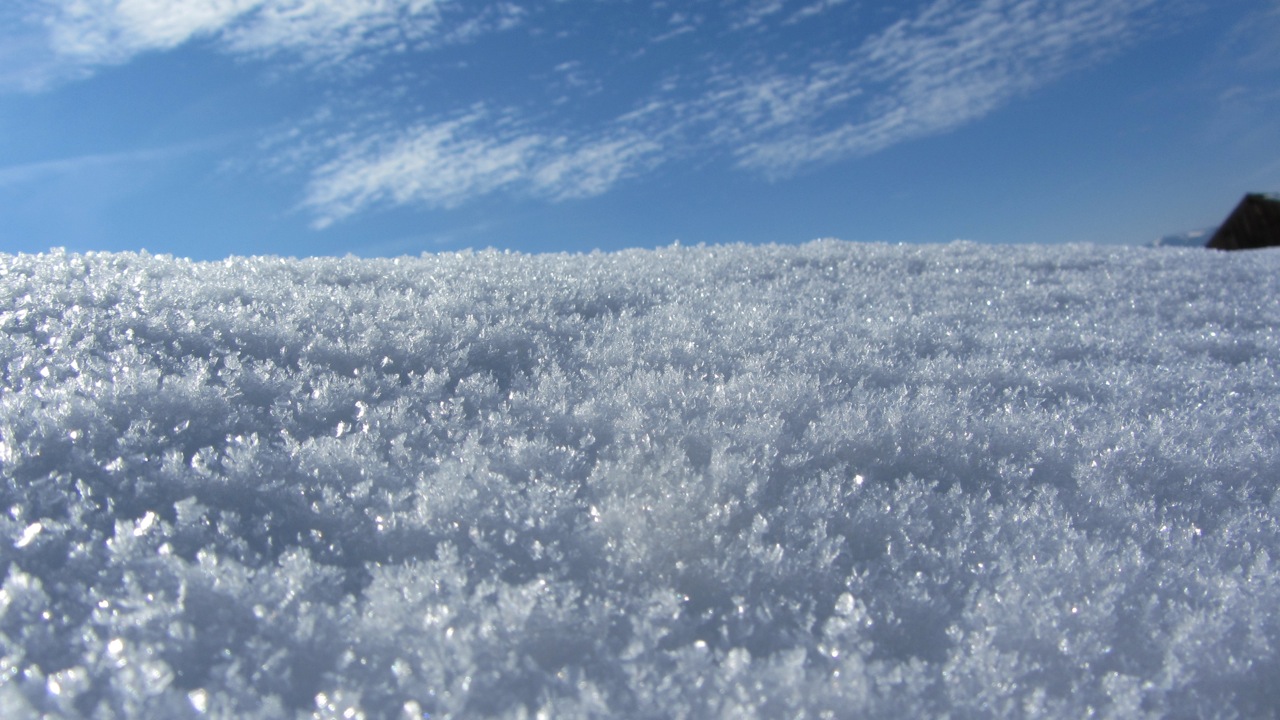
One Response
Do the elite really believe that when the system collapses and anarchy reigns they and their families are somehow going to survive either underground or in remote compounds far from the maddened crowd? Doubtless the russian czar and nobility believed that somehow they would get away with the chaos they had caused. Perhaps quite soon a very angry US population are going to turn on those who have caused this mass human immiseration and start to lynch them one by one. It will probably make better TV than the current dumbing down fodder.
John stanley